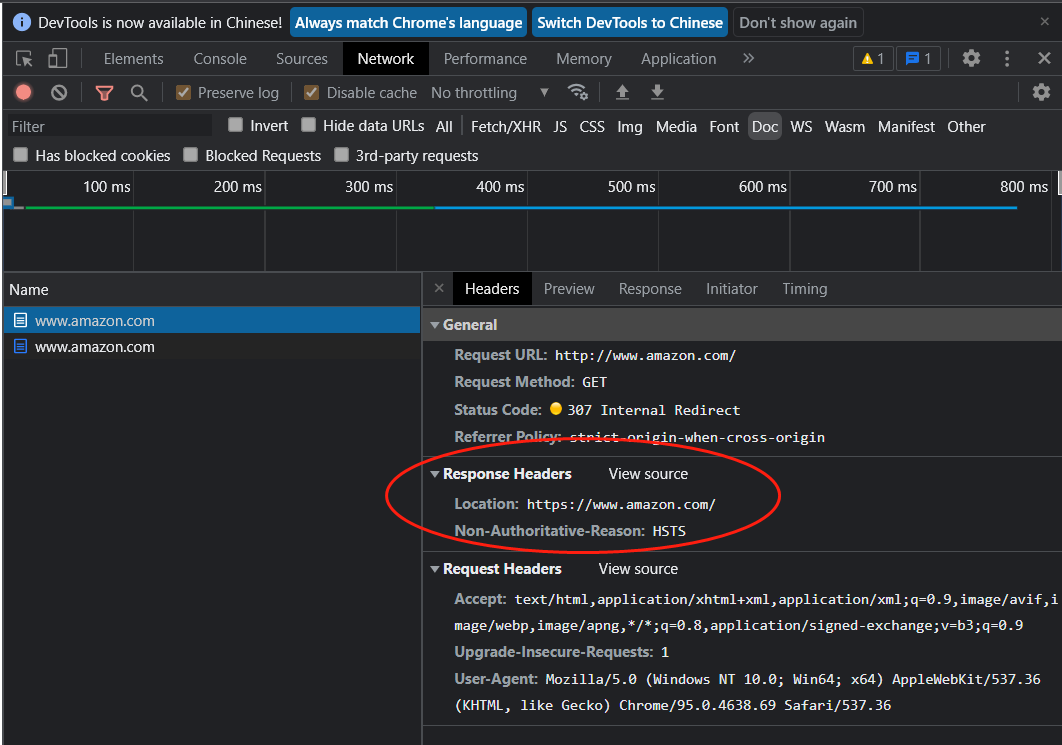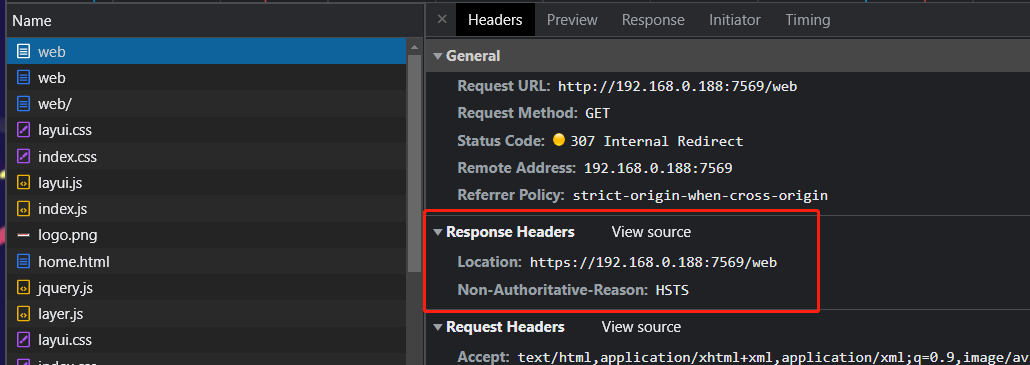net/http: configurable error message for Client sent an HTTP request to an HTTPS server.
mzky opened this issue · 10 comments
What version of Go are you using (go version)?
$ go version go version go1.17.2 linux/amd64
Does this issue reproduce with the latest release?
yes.
What operating system and processor architecture are you using (go env)?
go env Output
$ go env GO111MODULE="on" GOARCH="amd64" GOBIN="" GOCACHE="/root/.cache/go-build" GOENV="/root/.config/go/env" GOEXE="" GOEXPERIMENT="" GOFLAGS="" GOHOSTARCH="amd64" GOHOSTOS="linux" GOINSECURE="" GOMODCACHE="/root/go/pkg/mod" GONOPROXY="" GONOSUMDB="" GOOS="linux" GOPATH="/root/go" GOPRIVATE="" GOPROXY="https://goproxy.cn" GOROOT="/var/go" GOSUMDB="sum.golang.org" GOTMPDIR="" GOTOOLDIR="/var/go/pkg/tool/linux_amd64" GOVCS="" GOVERSION="go1.17.2" GCCGO="gccgo" AR="ar" CC="gcc" CXX="g++" CGO_ENABLED="1" GOMOD="/root/go/src/net/go.mod" CGO_CFLAGS="-g -O2" CGO_CPPFLAGS="" CGO_CXXFLAGS="-g -O2" CGO_FFLAGS="-g -O2" CGO_LDFLAGS="-g -O2" PKG_CONFIG="pkg-config" GOGCCFLAGS="-fPIC -m64 -pthread -fmessage-length=0 -fdebug-prefix-map=/tmp/go-build1909543103=/tmp/go-build -gno-record-gcc-switches"
What did you do?
Start the HTTPS service written in golang, and the user accesses the HTTP address.
What did you expect to see?
Display localized language information or customize html page or automatically jump to https address.
What did you see instead?
-
Other browsers:
The IE browser prompts a 400 error, and the instructional content is not displayed.
Browsers using the Chromium kernel do not display any visible content.

Users will not be able to understand the current situation.
P.S.
Adding custom options to net/http can solve this problem:
https://github.com/mzky/go/blob/dev.boringcrypto.go1.17/src/net/http/server.go
./make.bash verification is normal
P.P.S.
Use reference:
var tlsBadRequest := `HTTP/1.1 301 Moved Permanently
<!DOCTYPE html>
<html><head><meta charset="UTF-8">
<title>Automatically jump to HTTPS</title
<script type="text/javascript">url = window.location.href.replace("http:", "https:");window.location.replace(url);</script>
</head>
<body></body>
</html>`
http.ListenAndServeTLS2(addr, serverPem, serverKey, tlsBadRequest, Handler)
Thanks for raising the issue.
From my read this sounds more like a feature request as opposed to a bug, correct?
The feature request is to respond to an HTTP request on an HTTPS port with a configurable error message.
Testing several major websites (www.google.com, www.amazon.com, www.microsoft.com), none of them respond with an error message to an HTTP request on port 443. Two close the connection without response, one leaves the connection open but does not respond.
I have not checked any other HTTPS server implementations (Apache, nginx, etc.) to see how they handle this condition. It would be interesting to know if any attempt to report an error to the peer in this case.
In the absence of evidence that this is a common feature, I don't think we should add this.
Hi ! This is a feature request, not a bug.
I found some examples of Nginx configuring HTTP redirection to HTTPS:https://linuxize.com/post/redirect-http-to-https-in-nginx/
- Old version Parameters:
···
rewrite ^(.*)$ https://$host$1 permanent;
··· - New version Parameters:
···
return 301 https://$server_name$request_uri;
···
I want to replace nginx's auto-jump feature with Golang.
Of course, this is just a suggestion, the changes will not affect the original functions.
HTTP redirection is different from the filed issue. It's already possible by listening on both HTTP and HTTPS ports and handling the redirection within the handlers
go http.ListenAndServe(":80", http.HandlerFunc(func(rw http.ResponseWriter, r *http.Request) {
// handle redirect here
}))
http.ListenAndServeTLS(":443", "...", "...", nil)
HTTP redirection is different from the filed issue. It's already possible by listening on both HTTP and HTTPS ports and handling the redirection within the handlers
go http.ListenAndServe(":80", http.HandlerFunc(func(rw http.ResponseWriter, r *http.Request) { // handle redirect here })) http.ListenAndServeTLS(":443", "...", "...", nil)
Yes, different port forwarding is also possible, but I need a forwarding on the same port
They all jump to https with the same port:
An https:// URL with no port uses a default port of 443, not 80. All these are redirecting from HTTP on port 80 to HTTPS on port 443.
I would also like to make some comments on this issue
-
First of all, since the server can output "Client send an HTTP request to an HTTPS server", it should give the control of the output to the developer instead of burying him deeply
-
Secondly, to solve this problem, we should not use nginx or listen to port 80 more, which are very cumbersome
Yes, any core modifications don't seem to be standard-compliant, but, that's the truth, we need a way to intercept when "Client send an HTTP request to an HTTPS server" happens, or have a kind of friendly wrapper that allows him to Controllable output, because "Client send an HTTP request to an HTTPS server" directly output to the browser is very unfriendly, and it is uncontrollable and unexpected






